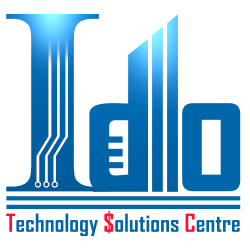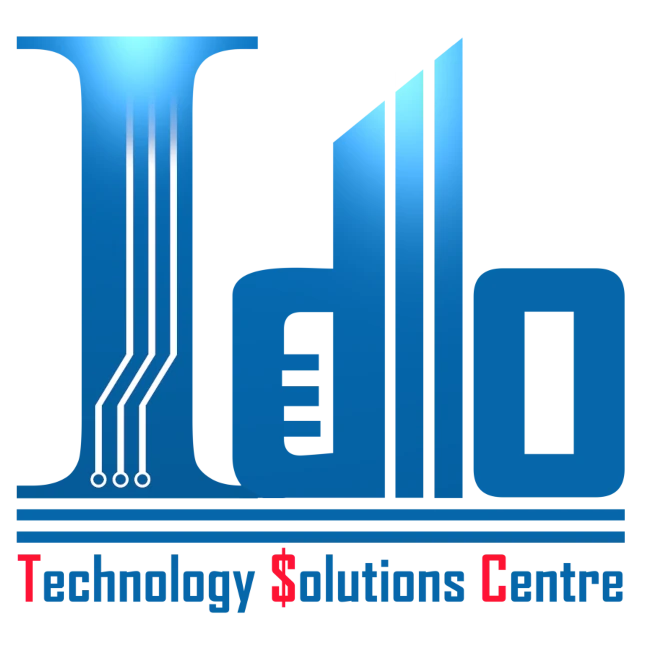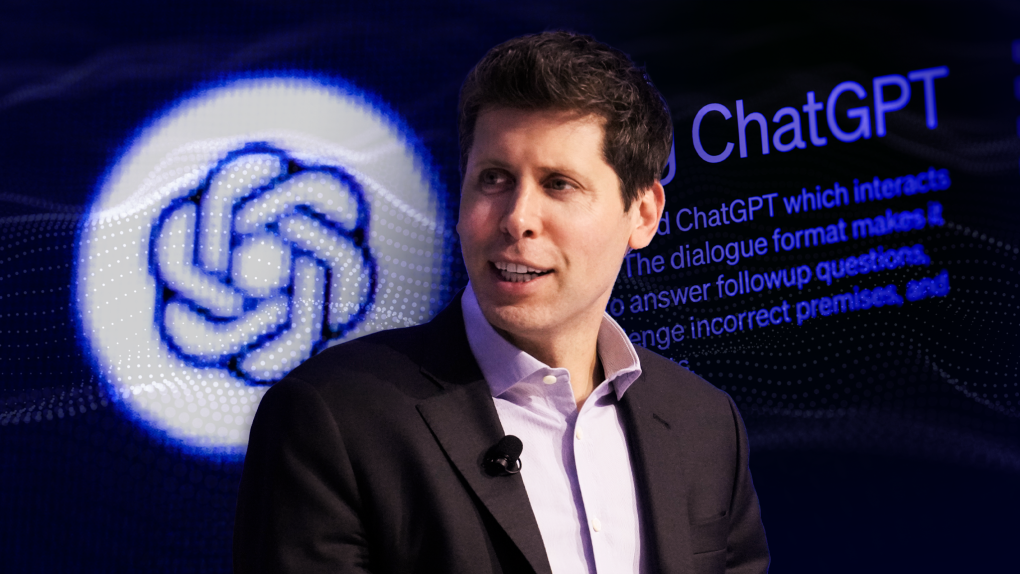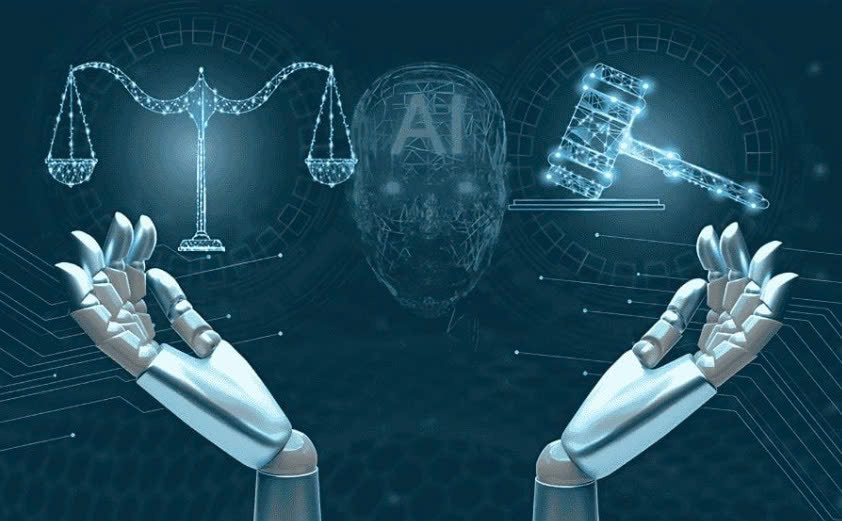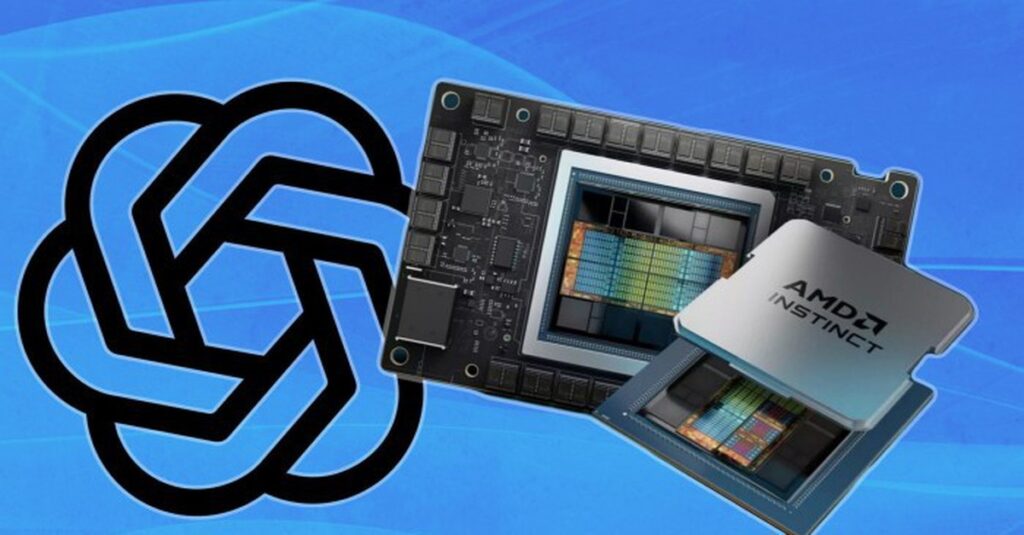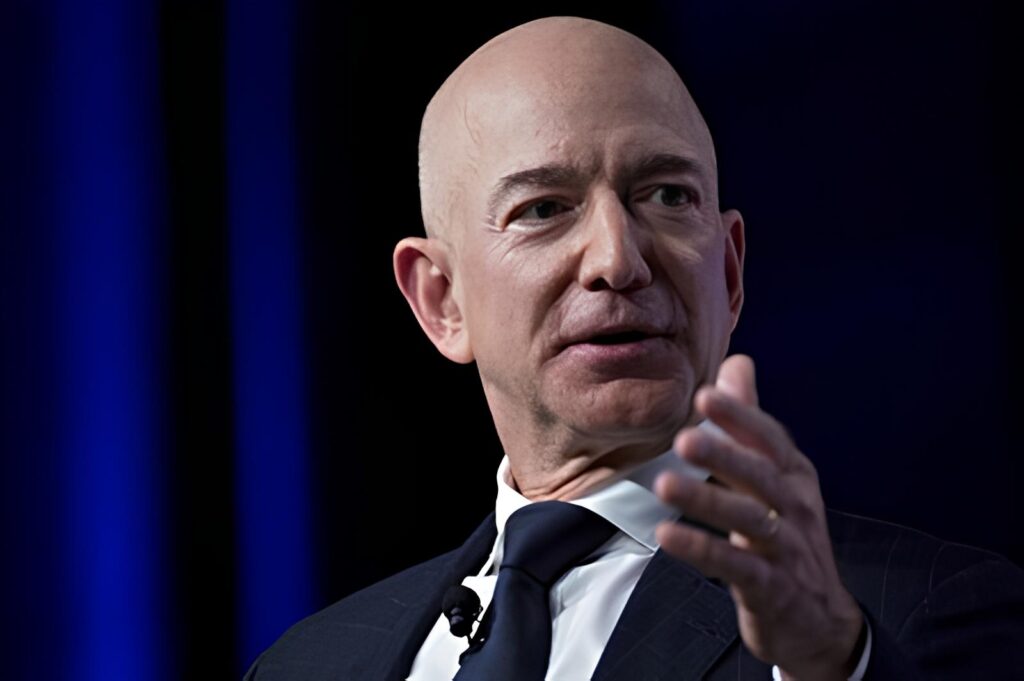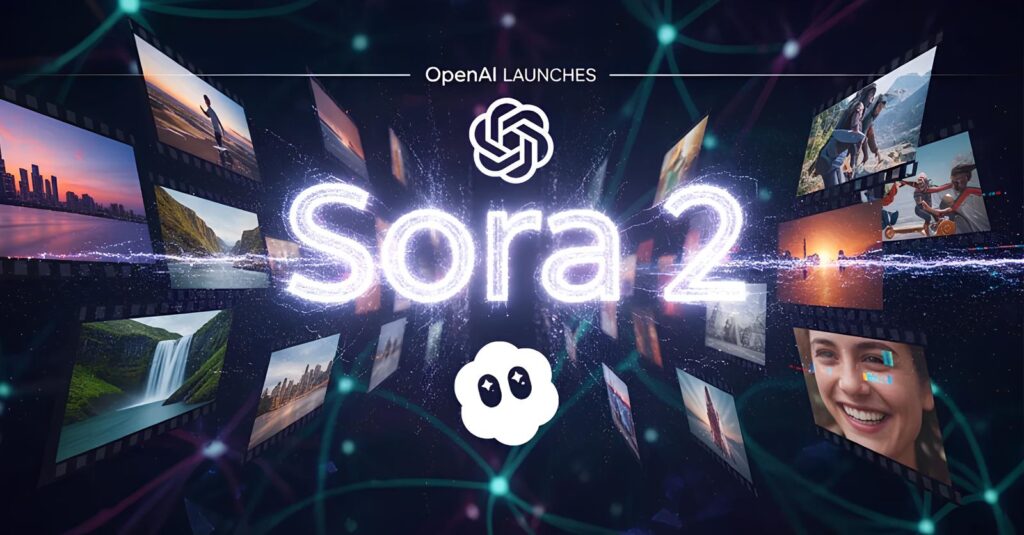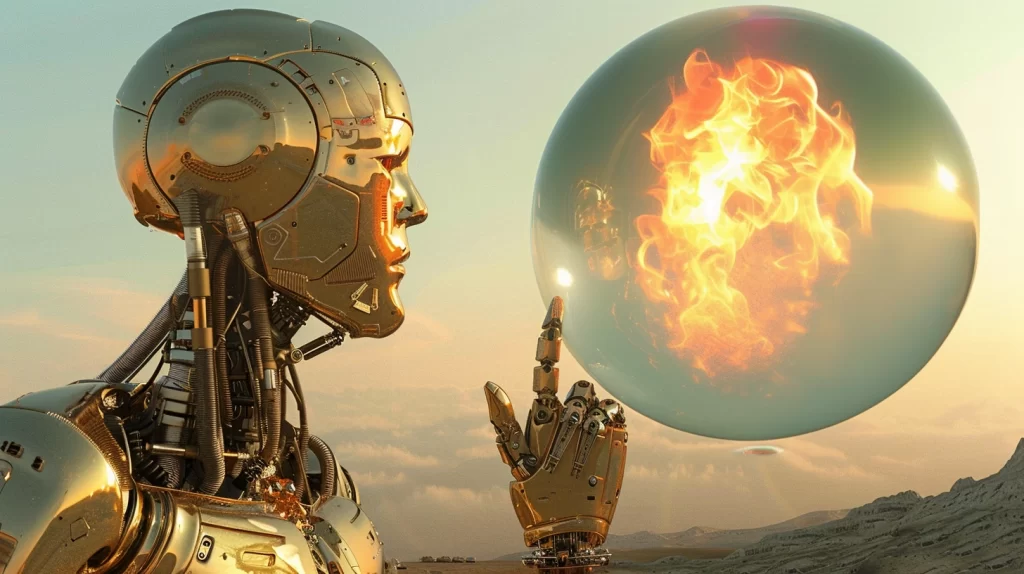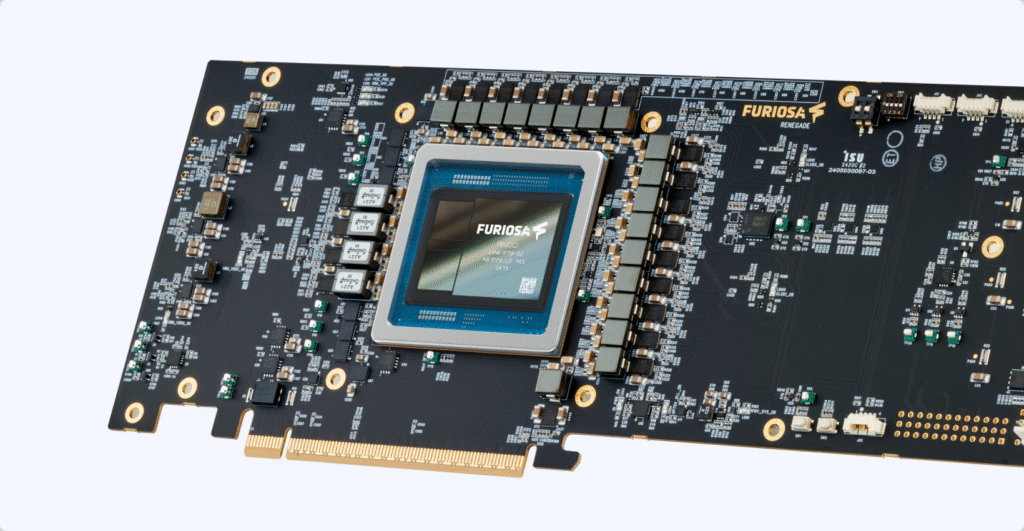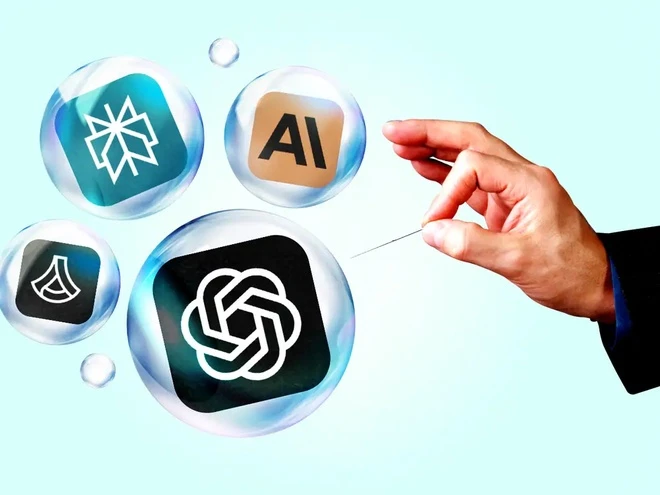The AI Bubble: Dot-com Redux or a New Industrial Wave?
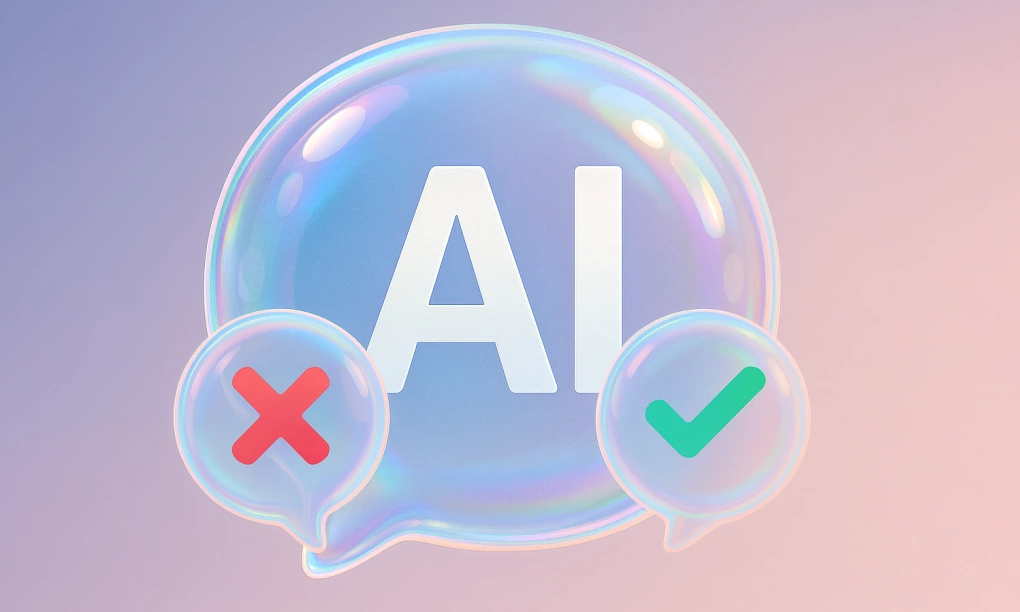
The Artificial Intelligence Frenzy and Staggering Figures
Since OpenAI launched ChatGPT in late 2022, the tech world has entered a new era, defined by breakneck development and massive investment in Artificial Intelligence (AI). The AI frenzy is not confined to research labs; it has become the focal point of the global financial market. Major tech corporations are pouring hundreds of billions of USD into building advanced hardware, developing large language models (LLMs), and establishing enormous data centers.
The scale of this wave has surpassed all predictions. In a short period, a multitude of AI startups have soared to “unicorn” status with valuations of a billion USD or more. A shocking report from CB Insights revealed that, as of August, there were 498 AI startups that had reached this valuation threshold, with a total value of $2.7 trillion USD. More remarkably, 100 new AI unicorns were founded in 2023 alone—a never-before-seen growth rate. Multi-billion dollar deals are happening continuously, from OpenAI raising $40 billion USD in a SoftBank-led funding round, to Nvidia placing “bets” worth hundreds of billions of USD on strategic AI partners.
However, this exponential growth and abundant capital have led to a deeply unsettling question: Are we witnessing an impending “AI bubble” reminiscent of the dot-com disaster of the 2000s? The debate over the nature of the current AI wave has divided experts and investors into two distinct opposing camps: one side warns of hype and the risk of market correction, while the other insists this is a sustainable industrial revolution, where the biggest risk is missing the opportunity.
The Warning Argument – The Ghost of the Dot-com Bubble Returns
Those worried about the “AI bubble” point to a series of economic signs and market psychology that they believe bear a frightening resemblance to the dot-com era of the 1990s.
1.1. Exponential Valuation and the “AI Label”
The core of the bubble argument is the severe imbalance between market valuation and actual revenue. Bryan Yeo, CIO of Singapore’s sovereign wealth fund (GIC), frankly expressed his skepticism at the Milken Institute Asia Summit 2025: “There is a lot of hype in AI. Any startup with the AI label is getting a huge valuation, many multiples of their small revenue.”
This reality is reminiscent of the late 90s, when companies simply adding “.com” to their name could attract enormous funding, despite unclear business models or zero profits. Today, venture capitalists are rushing to pour money into startups claiming to use AI, betting on the technology’s boundless potential for growth, rather than assessing the short-term feasibility and profitability of the product. The emergence of 100 new unicorns in just one and a half years further fuels the concern that “FOMO” (Fear of Missing Out) is dominating the market, creating a valuation environment not based on traditional financial fundamentals.
1.2. Warnings from Major Financial Institutions
The concern about a bubble is not only coming from individual investors but is also being validated by high-level financial institutions. Most recently, the Bank of England (BoE) issued an official warning. The BoE fears that a bubble in the artificial intelligence stock market could trigger a large-scale correction, posing significant risks to the British economy and creating a global shock.
The monthly fund manager survey results from BofA Global Research, cited by the BoE, are a specific testament to market sentiment. The survey showed that 54% of investors think AI stocks are in bubble territory, significantly more than the 38% who disagree. The growing consensus that a bubble exists, even as stock prices continue to rise, is a classic sign of “delusional rationalization” before a market reversal. The fact that investors continue to buy despite recognizing the risk indicates being swept up by the market current, a key factor that bursts bubbles.
1.3. The Pressure of “Technology Awaiting Revenue”
In the dot-com era, the Internet was a disruptive technology, but it took many years after the bubble burst for companies like Amazon or Google to figure out how to convert traffic into sustainable profits. Similarly, the current AI wave faces a huge question: How will this incredibly expensive technology generate profits commensurate with the investment and valuation?
Large AI models (LLMs) require enormous operational (inference) and training costs. Although the technology has the potential to create immense value, integrating AI into the current business processes of enterprises, or building AI-based business models, remains challenging. Many current AI applications are merely superficial layers, easily copied or replaced, raising questions about the ability of small startups to maintain a competitive advantage and cash flow. If real profits do not catch up with the market capitalization growth rate, a correction is inevitable.
The Defense Argument – Embracing the Industrial Bubble
In contrast to the worried camp, a group of the world’s leading economic experts and leaders adopt a more optimistic and risk-tolerant view. They argue that the current AI wave is an “industrial revolution” of a different nature, and that hype, even a bubble, is an essential part of the innovation process.
2.1. Jeff Bezos and the “Industrial Bubble”
Jeff Bezos, Amazon’s founder, acknowledges the possibility of a bubble, but he doesn’t view it as entirely negative. Speaking at Italian Tech Week 2025, he offered a nuanced perspective: “People are super excited. Every experiment is being funded. Investors will have a hard time distinguishing between good ideas and bad ideas. But an industrial bubble like AI is not so bad, even better. Because when things settle, you will see who the winners are, and society benefits from those things.”
This view suggests that a bubble is an efficient “resource-filtering mechanism.” The abundant capital inflow will fund thousands of experimental projects that could not be undertaken under normal circumstances. Most of these projects will fail and lead to capital loss, but the few remaining “winners” will create General Purpose Technologies (GPTs) capable of boosting productivity and generating economic value for decades. Therefore, accepting the risk of losing some capital is the necessary price to unlock a new technological era.
2.2. Zuckerberg, Altman, and the Risk of Missing Out
Mark Zuckerberg, CEO of Meta, and Sam Altman, CEO of OpenAI, share a powerful argument: The biggest risk is not overspending, but hesitation and missing the opportunity.
Zuckerberg stated: “If you overspend a few hundred billion dollars, it’s definitely regrettable, but the risk on the other side is even higher.” He is willing to spend a huge sum to ensure the company does not miss the chance to develop “super-intelligence.” His argument is a gamble on the nature of AI—an existential technology that can change the economic rules of the game. If a company achieves a breakthrough in general AI before competitors, the competitive advantage will be phenomenal. For the tech giants, losing hundreds of billions of USD (though large) is a bearable risk compared to being left behind in the AI race.
Sam Altman agrees: “Is the investment community too excited about AI? My answer is yes. Some people will lose a huge amount of money, but a lot of people will also make a huge amount of money, though we don’t know who yet.” This prophecy accepts the market’s chaos but asserts the certain emergence of great winners.
2.3. A More Sustainable Investment Wave
From an economic perspective, experts like Joseph Briggs from Goldman Sachs suggest that the current multi-billion dollar AI investment wave is moving towards sustainability rather than overheating. The core difference lies in where the money is being spent:
- Investment in Tangible Infrastructure: The majority of current capital is flowing into physical and strategic investments: semiconductor chips (Nvidia), data centers, and foundational model development. These are tangible assets with long-term utility value, unlike investing in dot-com companies which only had a website and an idea.
- Fundamental Value: AI is a technology capable of increasing labor productivity and automating nearly every industry, creating a long-term wave of economic growth. This productivity increase is a solid basis for high valuation, even if it is not fully reflected in current balance sheets.
In-Depth Analysis – Core Differences Between AI and Dot-com
For a comprehensive view, analyzing the differences between the current AI craze and the dot-com bubble is essential.
3.1. The Presence of Real Revenue and Profit
During the dot-com era, many companies had insignificant revenue and operated on a “get users first, figure it out later” business model. Today, the situation is significantly different:
- Nvidia – The “Gold Mine” of the Bubble: Nvidia, the company providing the backbone for AI through GPUs, is a clear example. The company is generating huge profits and cash flow, directly from the booming demand for AI chips. Nvidia’s stock price increase is based not just on expectation but on real revenue data and supply demands from Microsoft, Google, Meta, and Amazon.
- Platform Service Models: Major AI companies like OpenAI, Anthropic, and Microsoft are quickly transitioning to subscription models or API-as-a-service. Services like ChatGPT Plus, Microsoft Copilot, or API services providing AI models have generated immediate cash flow, something rare among 90s dot-com startups.
3.2. Market Penetration and Application Depth
The Internet during the dot-com era was still a nascent technology for the vast majority of the global population. In contrast, AI is currently being applied and tested at every level and in every industry:
- Cross-Industry GPT: AI has demonstrated the ability to solve complex problems in medicine (cancer detection, drug development), finance (risk management), and manufacturing (supply chain optimization). This is not just an entertainment or consumer tool, but a fundamental labor productivity tool with the potential to integrate into the core business processes of every enterprise.
- Deep Integration: AI models are being deeply integrated into the Big Tech ecosystem (Microsoft Office, Google Workspace, Amazon Web Services), ensuring that the technology will continue to be used and create value, regardless of capital market volatility.
3.3. Financial System Risk
Pierre-Olivier Gourinchas, Chief Economist of the International Monetary Fund (IMF), has reassured that even if the AI bubble bursts, things will not be as severe as the dot-com era: “It’s less likely to be a systemic collapse or a severe impact on the economy.”
The difference lies in the fact that the dot-com bubble heavily affected individual investors and pension funds through highly liquid public stocks. The current AI bubble, despite its large capital scale, is primarily funded by Venture Capital (VC) and direct investments from Big Tech corporations (OpenAI, Anthropic…).
- Venture Capital (VC): VC capital is private, and the risk is isolated within the startup ecosystem. When the bubble bursts, VC funds and large tech companies will suffer losses, but it is less likely to cause a chain reaction that affects traditional banks and the broader financial system.
- Protection Systems: Financial regulations tightened after the 2008 crisis, reducing the likelihood of stock market shocks leading to systemic credit crises.
Economic Impact and Future Outlook
The debate over the AI bubble is not just a financial matter but also one of how we perceive and value technological innovation. Whether a bubble occurs or not, the vision for the future of AI remains a powerful driver.
4.1. Changes in the Value Chain
The AI wave is creating clear stratification in the value chain:
- The Base Layer: Consists of chip manufacturers (Nvidia, AMD), cloud providers (Microsoft Azure, AWS, Google Cloud), and foundational model companies (OpenAI, Anthropic). This is where capital is concentrated and real value is created most sustainably.
- The Middleware: Companies developing fine-tuning tools, MLOps platforms, and integration solutions. This layer is susceptible to competition and price pressure, making it the area with the highest bubble risk.
- The Application Layer: Startups creating final user applications (AI-powered copywriting, design, assistants). This is the most hyped area, where a large amount of capital is being spent on ideas, many of which will fail when Big Tech introduces similar solutions at a lower price.
A market correction (bubble burst) will likely primarily affect the Middleware and Application Layers, eliminating companies with weak business models, but it will consolidate the position of the Core Infrastructure companies.
4.2. Lessons from Tech History
Tech history is rife with bubbles: railroads, radio, electrification, and dot-com. Each bubble shared the characteristic of excessive hype leading to irrational valuation, but they also shared the introduction of a technology with permanent real value.
- After the railway bubble, nations gained efficient transportation systems.
- After the dot-com bubble, the world gained the Internet, e-commerce, and cloud computing.
From this perspective, the “AI bubble” is merely a market mechanism to fund the transition. The current capital is accelerating the pace of AI development by 5-10 times the normal rate. When the bubble deflates, these investments do not disappear. They have been converted into more advanced AI models, stronger chips, and massive data centers—assets that will continue to benefit the economy for years to come.
Between Hype and Revolution
In summary, the opposing views on the “AI bubble” reflect the inherent tension between boundless technological potential and the discipline of the financial market.
The Warning Camp is right to point out the clear hype in the AI startup sector, where valuations are not keeping pace with revenue and FOMO psychology dominates investment decisions. Warnings from the BoE and GIC are crucial reminders of the potential for a large-scale correction, causing significant damage to venture investors and companies without unique products.
The Optimistic Camp has a solid basis for emphasizing the nature of AI as a foundational technology with unprecedented productivity-enhancing capabilities. The views of Bezos, Zuckerberg, and Goldman Sachs suggest this is a sustainable revolution, where investment in AI infrastructure is strategic and necessary, despite the risk of some wasted capital.
The truth likely lies somewhere between the two extremes. There will certainly be a “bubble” for small, vulnerable AI startups without proprietary technological advantages, leading to a harsh valuation correction and shakeout. However, core AI, led by Big Tech corporations with unlimited capital and infrastructure-building goals, is on a firm development trajectory.
Sam Altman’s prophecy is perhaps the most accurate prediction: “Some people will lose a huge amount of money, but a lot of people will also make a huge amount of money.” For investors, the challenge is not avoiding the bubble but distinguishing the “good ideas” that Bezos mentioned—the companies capable of becoming the ultimate winners, reshaping global society and economics after the AI frenzy subsides. For tech leaders, accepting risk and investing in AI now is not just about profit, but a bet on the future development of humanity.
